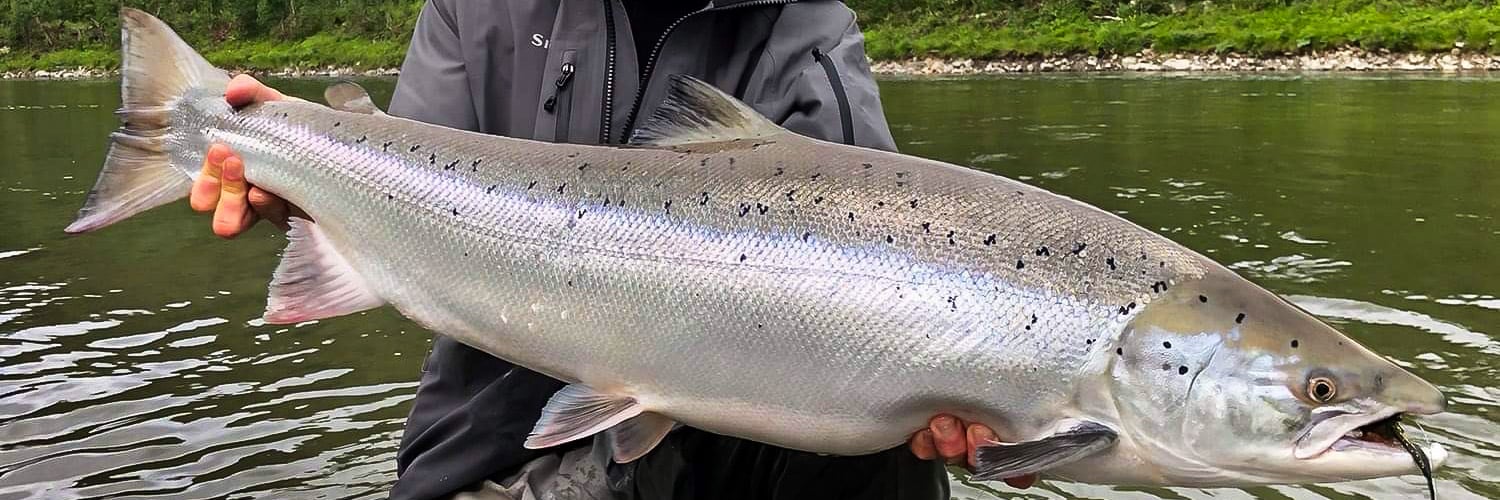

Atlantic Salmon are anadromous, which means they can live in both fresh and saltwater. They start their relatively complex life by hatching in streams and rivers before moving out to sea as they grow and mature, after which the adult fish seasonally move upstream to freshwater again to spawn. The Atlantic Salmon is considered a very healthy food fish and, amongst many, the pinnacle of freshwater fly fishing.
Atlantic salmon are the largest species in their genus, and after two years at sea, the fish can average around 8lb to 12lb in weight, but specimens that spend four or more winters feeding at sea can be much more significant. An Atlantic salmon netted in 1960 in Scotland, in the estuary of the river Hope, weighed 109lb, the heaviest recorded in all available literature. The average size of this species is between 8lb to 12lb; however, it is still possible to catch smaller Salmon around the 4lb mark right through to fish of a lifetime over 40lb.
The diet of the Salmon is varied, depending on habitat. The fish in the ocean prefer capelin as their meal of choice, whereas the fish in rivers can also be predatory but prefer a diet of caddisflies, blackflies, mayflies, and stoneflies. For the freshwater fly angler, all of the latter work brilliantly as flies; anglers mainly cast downstream, then allow the fly line to swing the fly across the current and river towards the bank. In terms of freshwater fly fishing, the Atlantic Salmon reign supreme; they may be rare in the wild but provide the fly angler with a tremendous challenge.
Below are the top destinations in the world for Atlantic Salmon Fishing.
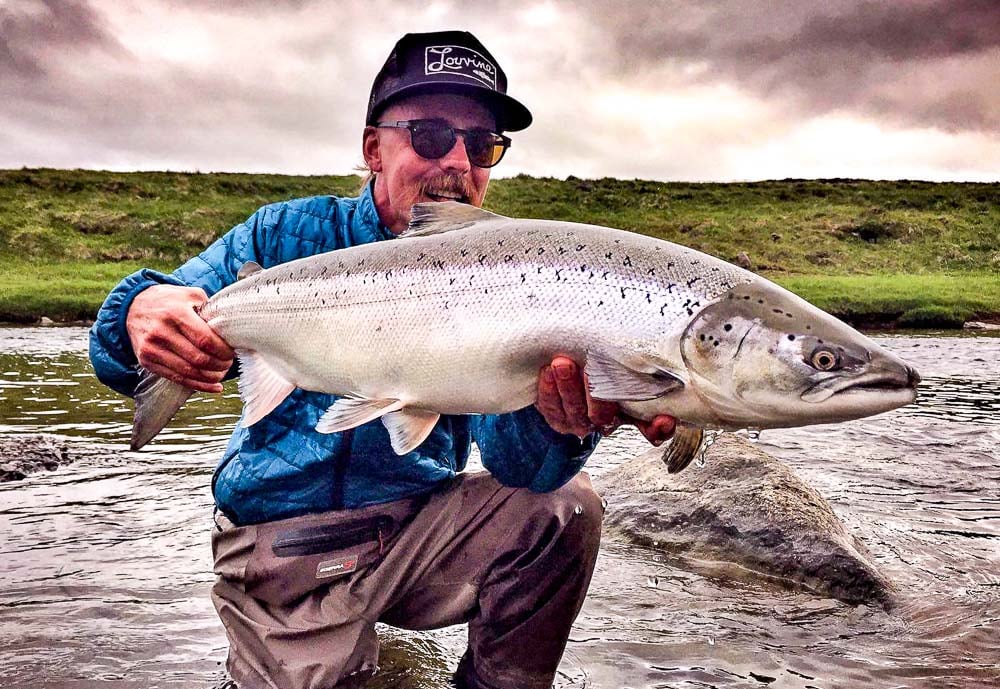

The Midfjardara River is referred to as the 'Queen Of The Rivers' and this stunning, picturesque gin clear waterway offers travelling rods over 100 kilometres of water in which to wet a fly. Spread across four rivers, with 220 named pools and five first-class Salmon fishing beats, it's easy to see why rods at the lodge are so desirable.
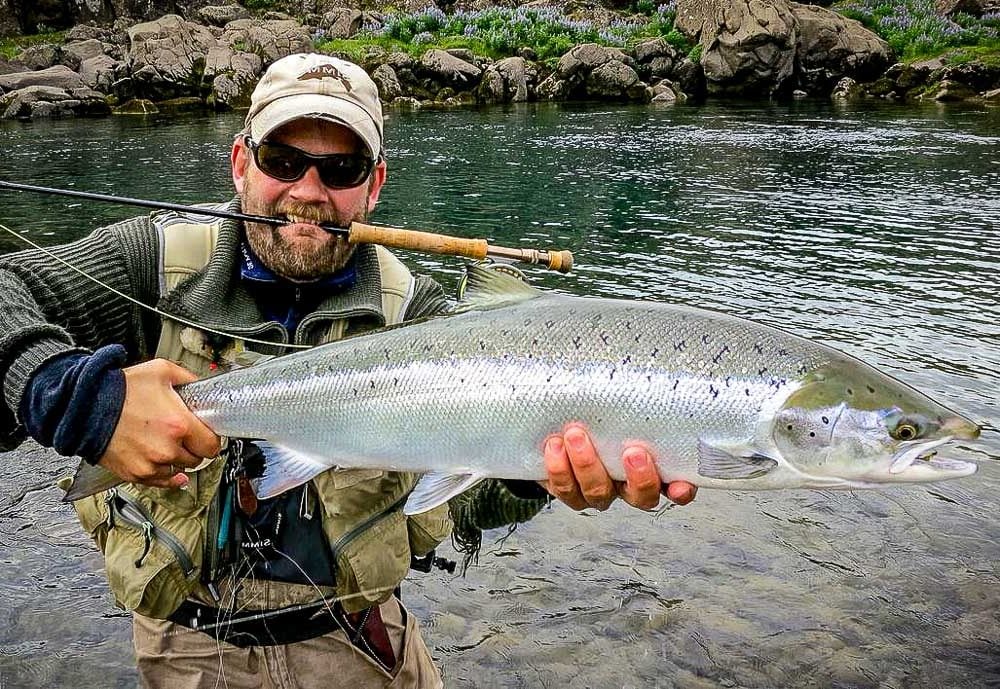

The Nordura River is comfortably amongst Icelands top ten Atlantic Salmon fishing rivers, and this ‘The Most Beautiful Of Rivers’, offers some incredibly diverse fishing, with something to suit the needs of all fly anglers, amongst some of the most dramatic scenery that the country has to offer.


A trip to the Laxá In Aðaldal in Iceland offers travelling anglers the chance to experience genuine double-handed fishing and fishing for some of the most significant Atlantic Salmon in the country. The trips are based around the peak weeks of the season and ones which have historically produced the biggest numbers and sizes of fish.
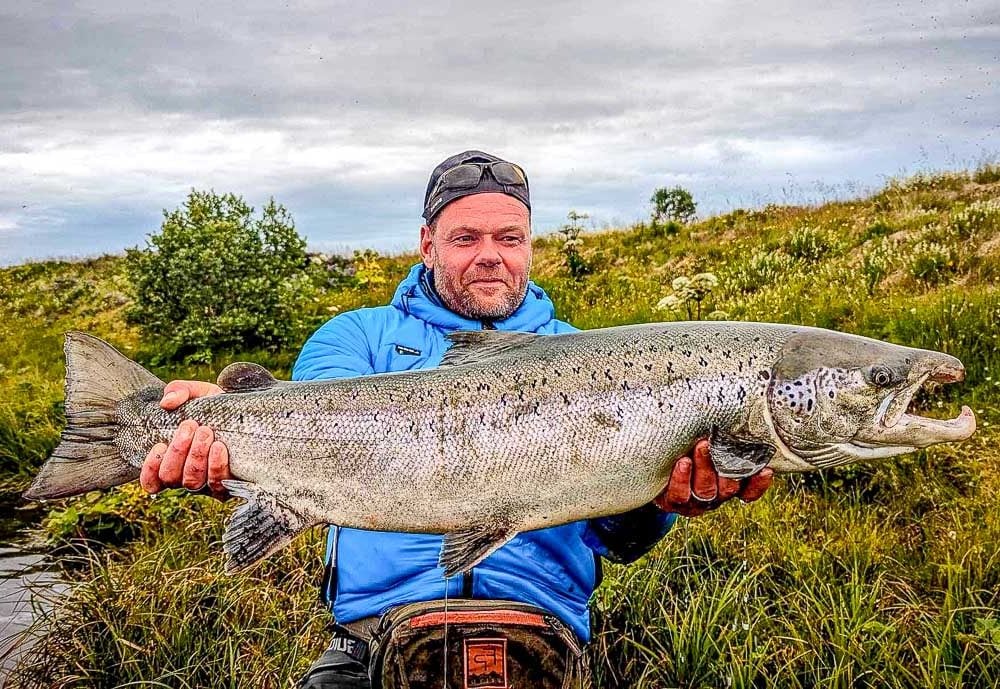

The West Ranga Lodge provides the most prolific Atlantic Salmon fly fishing in the whole of Iceland. This river system which is spring-fed ensure that it very rarely is out of condition. Combine this with first-class accommodation, guiding & operation and you have the perfect Atlantic Salmon fly fishing destination in Iceland.
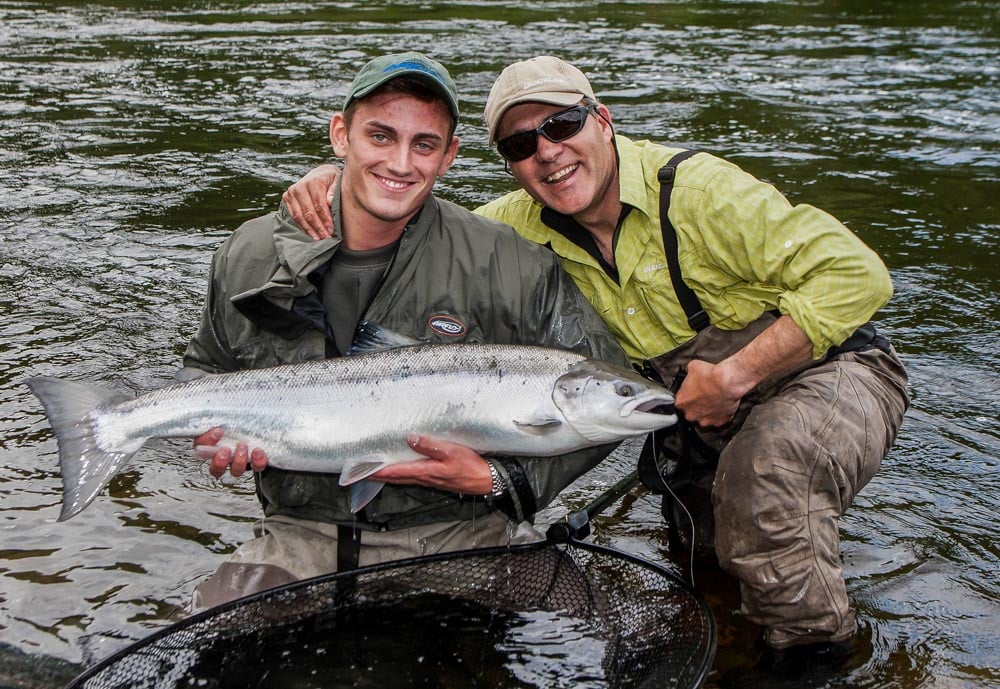

Winsnes Lodge on the River Gaula is a great destination for any Salmon angler wishing to experience a well run Salmon river. The Gaula River appears in the top five rivers in Norway most years for its regular catch statistic’s and Winsnes Lodge is a very large contributor to these statistics.
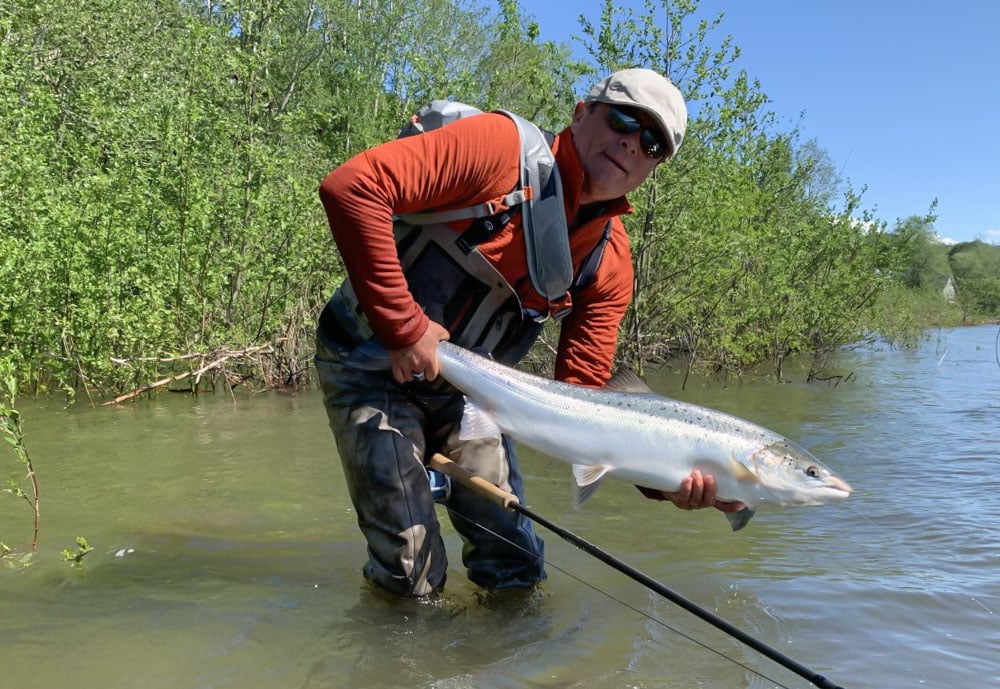

Austnes Salmon Lodge on the Verdalselva River offers travelling freshwater fly fishing anglers the chance to sample some of the best Atlantic Salmon fishing found anywhere in Norway. The Lodge provides visiting rods with a varied week of fishing with five different zones, four of which are exclusive, spread over 2000m of prime Salmon holding habitat.


The Vatnsdalsá River is one of the most famous Salmon rivers in Iceland and is renowned for the size of fish it produces. Located in the country's North West, approximately three hours drive from Reykjavik, it flows for over forty kilometres and offers a vast array of quality pools and beats. It produces between 700 and 1,200 Salmon each season, with a healthy average size.
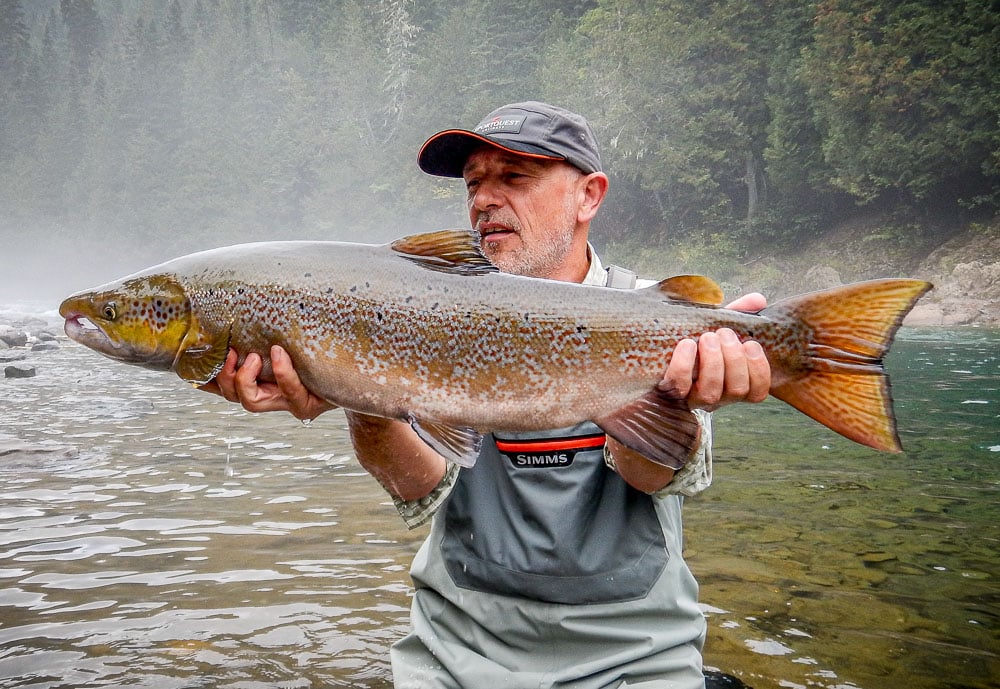

What makes camp Bonaventure so unique and special is it gives you the opportunity to fish for Atlantic Salmon in some of the most clearest and pristine waters of the world. If that was not enough it is also one of the best places to sight fish for Atlantic Salmon with fish ranging anywhere between 10lb to 40lb.


The Mýrarkvísl Lodge is situated on the banks of the delightful Mýrarkvísl river, the lowest tributary of the Laxá I Aðaldal on the northern coast of Iceland, around 400 kilometres from Reykjavik. It offers a wide range of diverse waterways for anglers to wet a fly and is famed for its numerous quality Trout and Salmon beats, pools and even a lake.


The Laxá In Aðaldal, also known as the Big Laxá, is one of the most famous rivers in Iceland. An enchanting river that fishes consistently well throughout the season, it's renowned for being one of the best Trout rivers in Europe and even the world, producing significant numbers of Brownies, averaging 2lb to 3lb, with a good sprinkling of specimens to over 8lb.


The River Lónsá is situated in northeast Iceland amid the Langanes Peninsula and is a name renowned amongst the freshwater fly fishing community. The Lónsá is home to an abundant healthy population of Brown Trout and is also considered one of the very best rivers in Iceland to target and catch the beautiful, elusive Arctic Char.
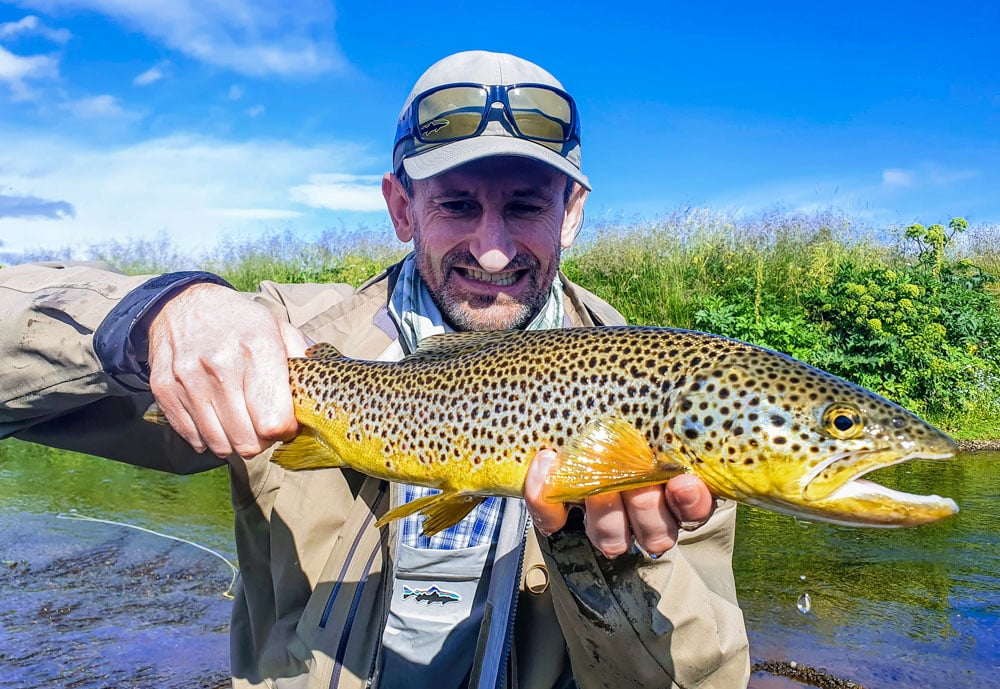

The Reykjadalsa river, in the northern part of Iceland, is a tributary of the lower section of the Big Laxá I Adaldal and is known as one of the countries best wild Trout and Char rivers. Renowned as a surface fishing and dry fly anglers paradise, it produces high volumes of fish, and it hasn’t been unusual for the river to produce over 3,000 Trout per year.
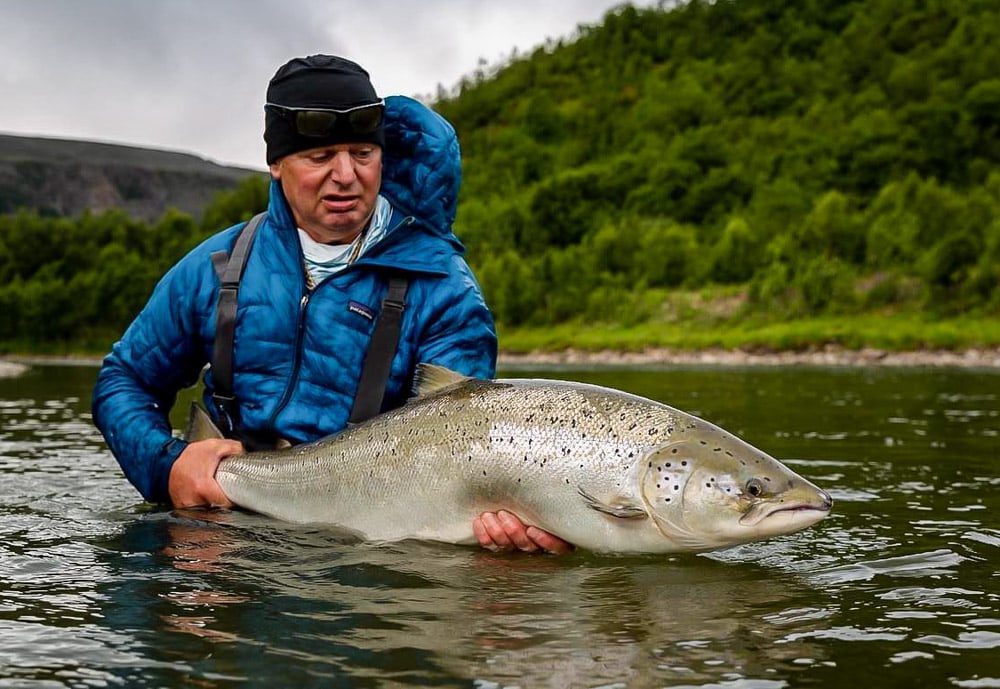

Olderø Lodge on the Lakselv is an authentic piece of fly fishing paradise in the land of the midnight sun. With a vast array of different beats, easy wading, two-handed fly fishing, world-class guides and first-class accommodation, it's no surprise that the destination is now at the very top of many freshwater fly fishing anglers wishlists.
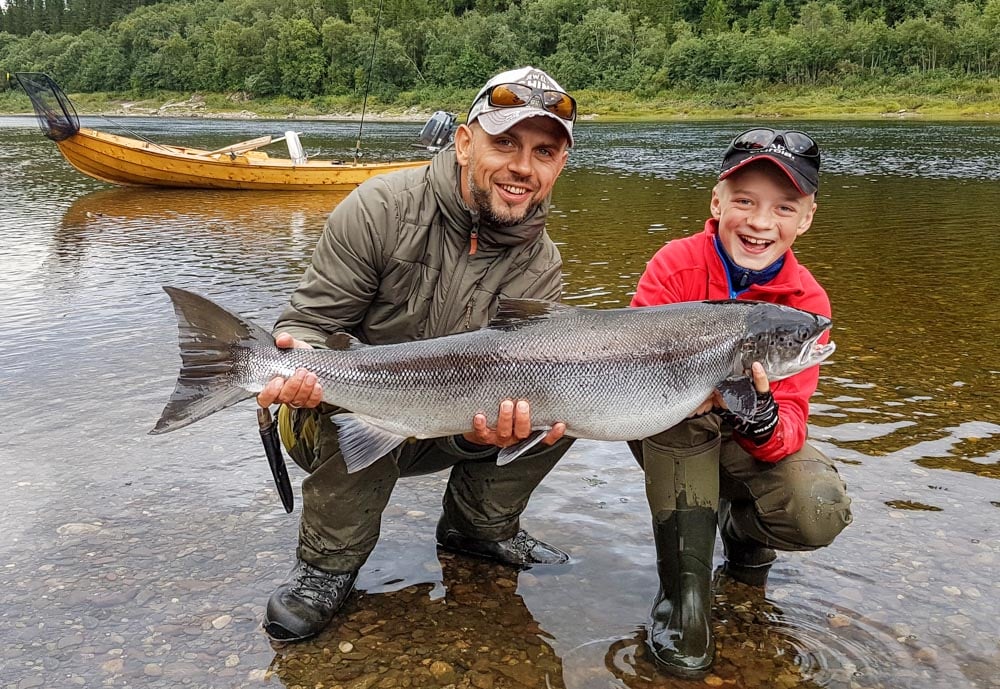

Namsentunet Lodge, one of Norway’s most exclusive Atlantic Salmon and Sea Trout fishing retreats, is nestled on the banks of the famous river Namsen, affectionately known as the ‘Queen of Rivers’. The Namsen is famed for its huge Salmon, and each year, good numbers of 40-45lb fish get landed by travelling rods.
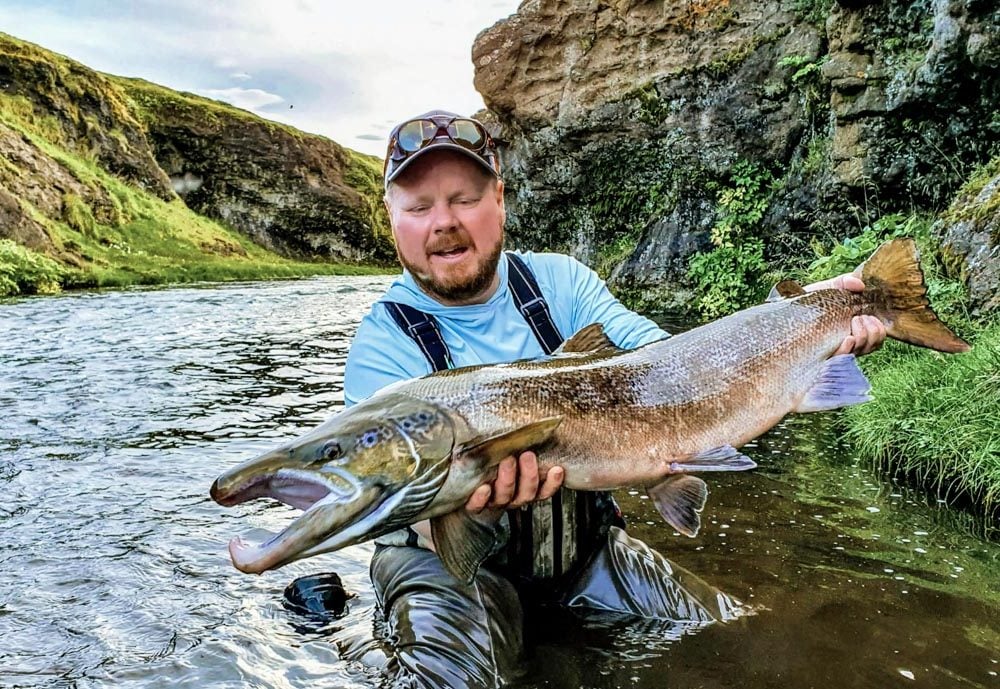

This Sportquest Holidays exclusive offers travelling rods the chance to fish some of the most picturesque and productive freshwater fly fishing rivers in all of Iceland. Our beats, located in the northern part of the country, offer two days of quality fishing on each of the Laxá In Aðaldal, Reykjadalsa & Mýrarkvísl Rivers.
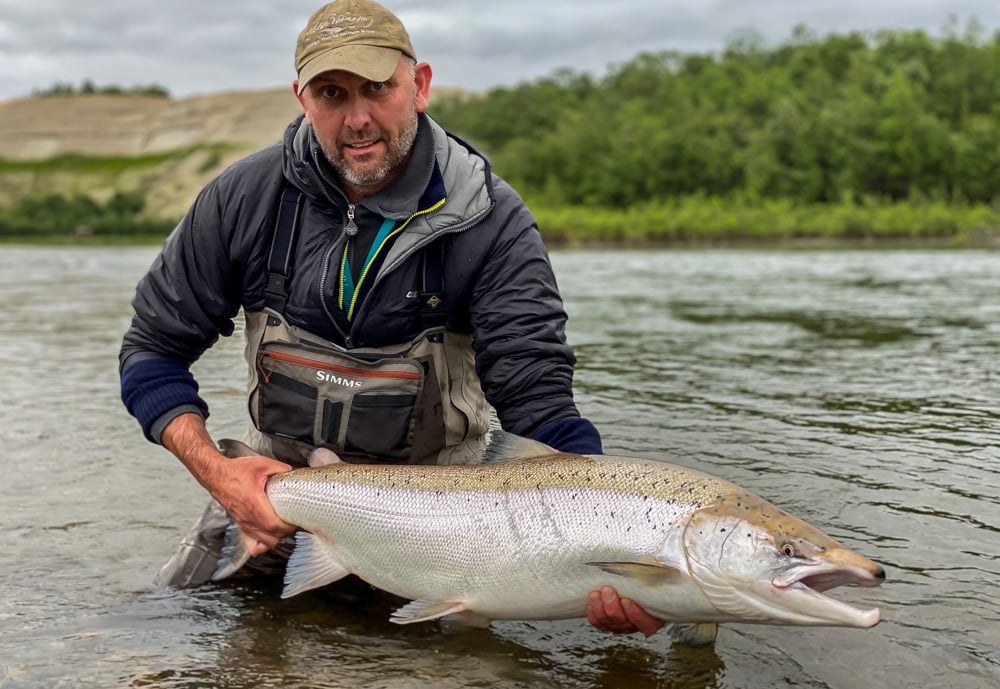

The Stangnes Lodge on the Lakselv River was, built in the summer of 2019, is a self-catering Lodge designed for single fishermen or small groups looking for an independent fishing schedule. It offers travelling freshwater fly fishing anglers five private, single bank beats of varying lengths and some world-class Atlantic Salmon fishing.
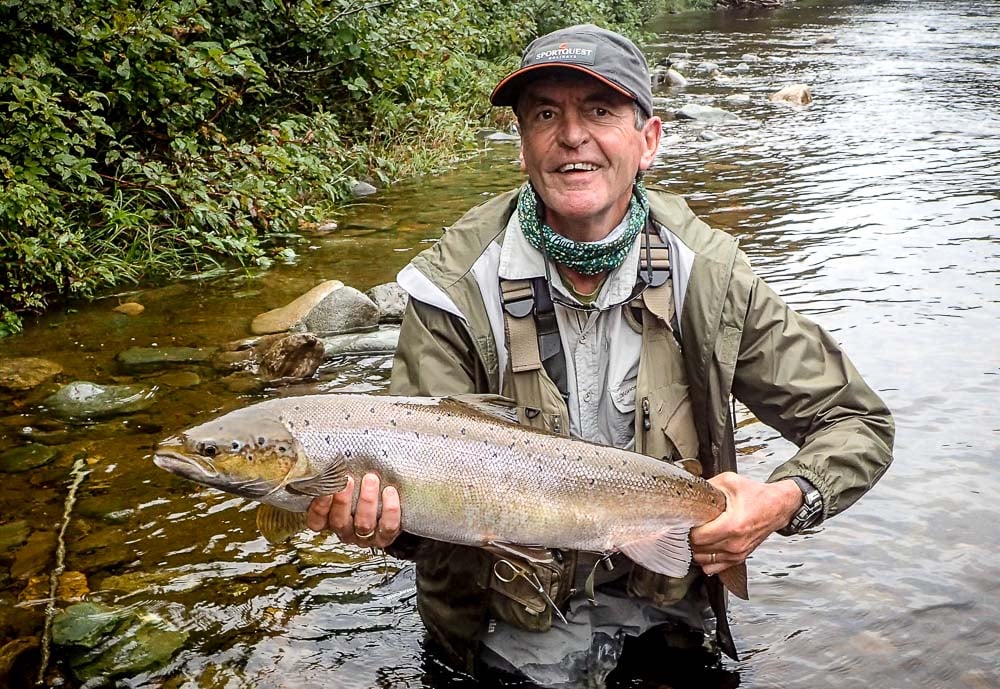

The Salmon Lodge sits on the banks of the world-famous Grand Cascapedia and offers you the best chances of catching Atlantic Salmon in Québec’s famous Gaspé Peninsula. One advantage of this lodge is the access to three famous rivers offering you the opportunity of some huge fish over 40lb while fishing in the middle of exceptional scenery.
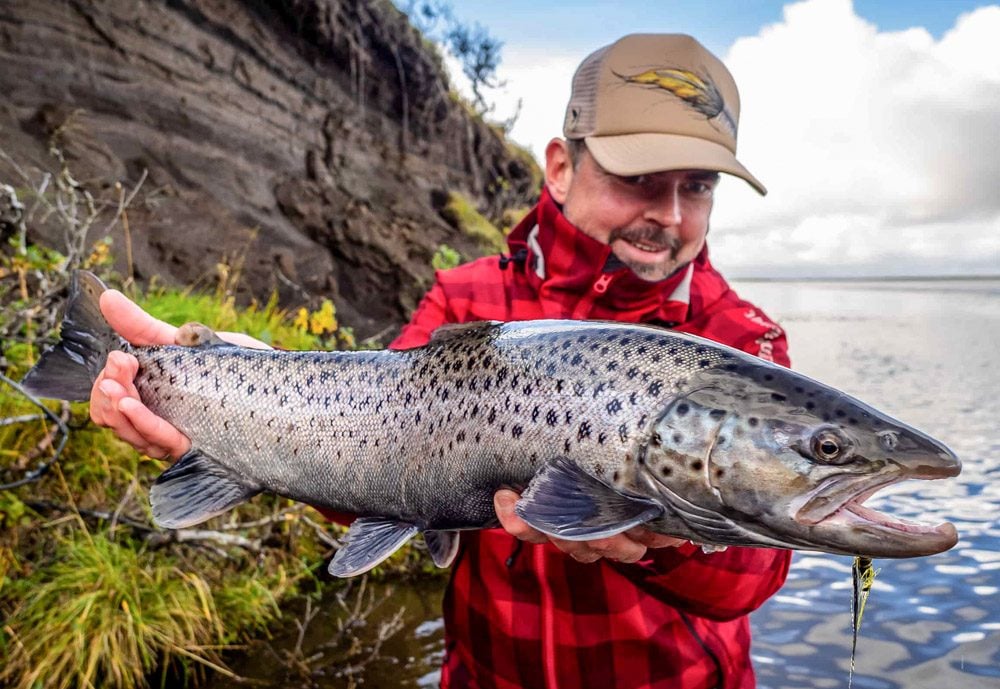

Battle Hill Lodge is nestled on the banks of the Fossárlar River and is famed for the incredible Sea Trout fishing it offers, renowned as being some of the best found anywhere in the world. A historic, picturesque location of striking beauty, it gives travelling rods an incomparable fly fishing experience of a lifetime.
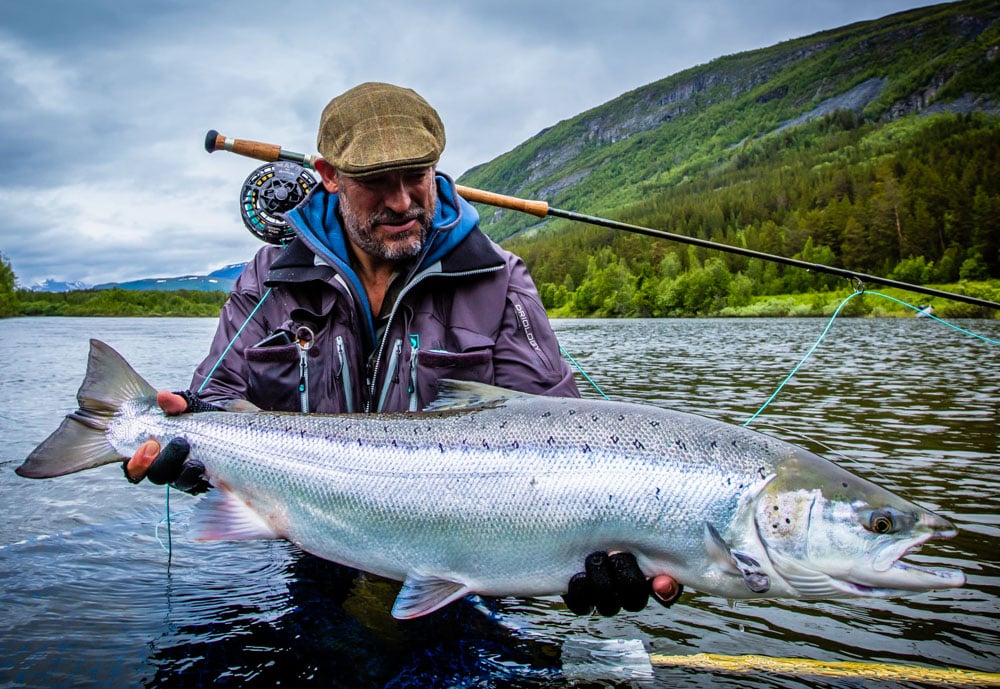

Reisastua Lodge on the Reisa River has a reputation for big Salmon that are caught annually here weighing around 20 kg. So if you are looking to set a record, the Reisa River may be the right place for you, just ask Scott Mackenzie who has caught his last 3 personal best Atlantic Salmon with us.
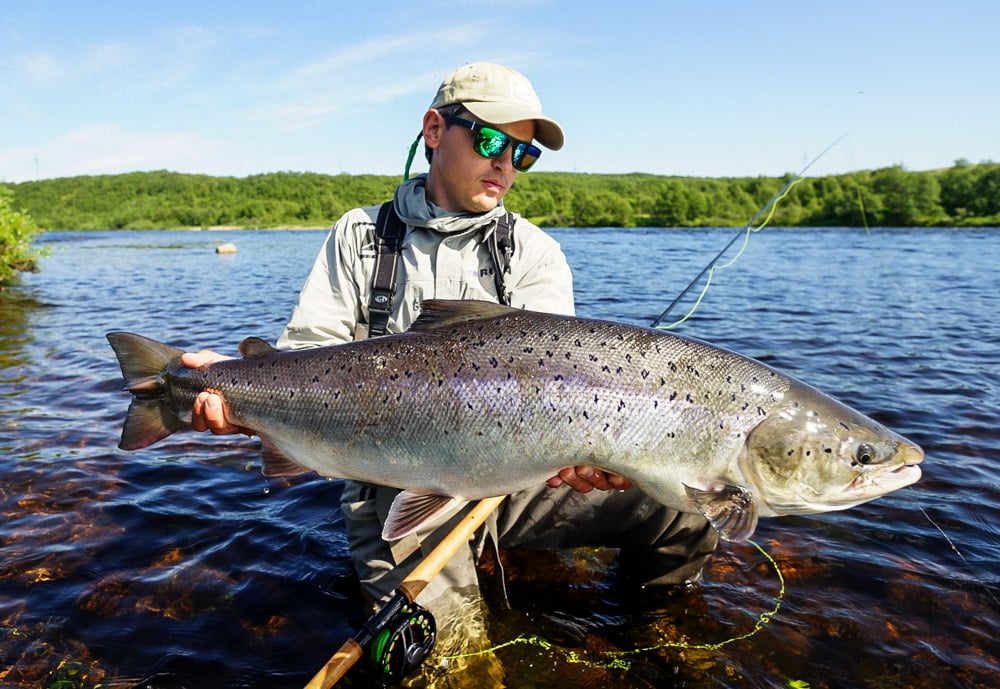

The Belousiha River is one of the most famous Salmon rivers in Russia and one which is well known and regarded amongst adventurous travelling freshwater fly fishing anglers. Located in the extreme northwest of Russia on the Kola Peninsula, one of the largest Peninsula's in Europe, it's a relatively small but exquisite looking river set amidst spectacular and changing scenery.
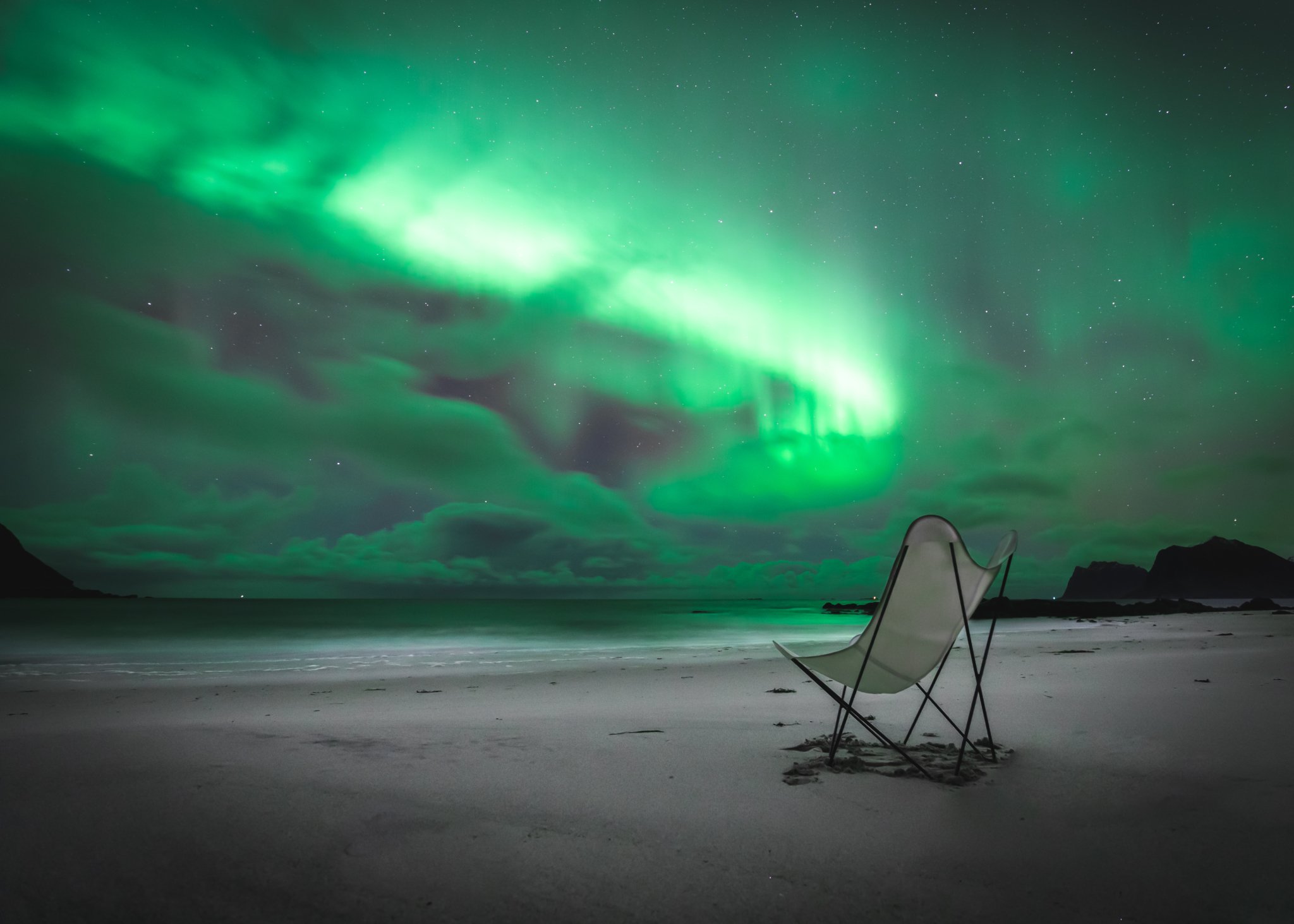

Average Customer Satisfaction Score 87%
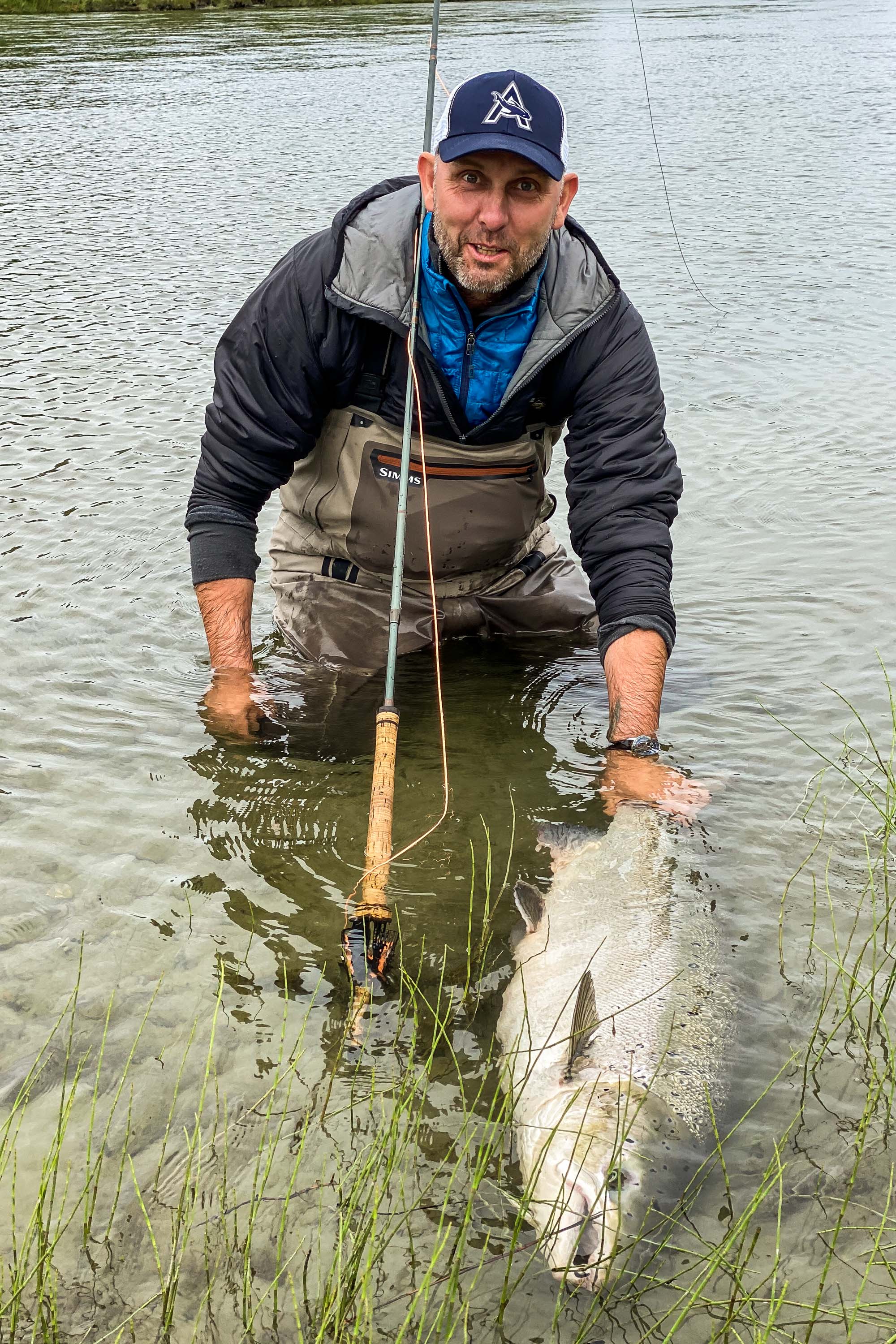

Name: Atlantic Salmon
Also known as: Bay Salmon, Black Salmon, Caplin-Scull Salmon, Sebago Salmon, Silver Salmon, Fiddler, or Outside Salmon.
At different points in their maturation and life cycle, they are also known as Parr, Smolt, Grilse, Grilt, Kelt, Slink, and Spring Salmon.
Scientific name: Salmo Salar
Atlantic Salmon are a species of fish in the Salmonidae family and are the third largest behind the Siberian Taimen and Pacific Chinook Salmon. Most populations of Salmon hatch in streams and rivers but move out to sea as they grow where they mature, after which the adults seasonally move upstream again to spawn. Unlike Pacific Salmon, Atlantic Salmon will try to return to the sea after spawning to replenish all the weight they have lost throughout the stressful spawning process. Not all will make it, but the ones who do will be ready to return after a few years of rest. These ‘multi-spawning’ or ‘multi-wintered’ fish are the most significant specimens that get fly anglers’ pulses racing.
Young Salmon in freshwater rivers are known as Parr Salmon. During this stage of their lives, they feature brown to bronze-coloured bodies with dark vertical bars and red and black spots. These markings and colouration are designed as camouflage and help protect them from predators. Once the Parr are ready to migrate to the ocean, their appearance changes, their vertical barring disappears, and they become silvery with nearly black backs and white bellies.
When they mature and are ready to spawn, they return to freshwater and their original breeding grounds. It’s normal for their appearance to change again during this time, and they’ll darken and turn bronze in colour. After spawning, adult fish, often referred to as Kelts, can darken further, so much so they often get referred to as ‘Black Salmon’. Once adults return to the ocean, they revert to their counter-shaded colouration dominated by silver.
Fish that return to rivers to spawn tend to be around four years old; these will have spent two years in freshwater as Parr and then two years at sea, packing on weight. A fish of this age would average between 8 and 10lb, while anything smaller/younger would be known as a Grilse.
Atlantic Salmon Facts:
There are three groups of Atlantic Salmon: North American, European, and Baltic. The rivers in Europe and the northeastern coast of North America are the natural breeding grounds of these fish, and it’s in these areas that some of the best fishing destinations are found. Countries like Norway, Iceland, Canada, Greenland, and Russia are famed for their fantastic Atlantic Salmon fishing and allow anglers to battle with stunning chrome specimens.
Due to the decline in fish stocks on most of the once-prevalent Scottish Salmon rivers in the UK, many anglers are now looking to Europe to fish for Salmon. It’s proven incredibly popular and is a fast-growing market, with many first-class destinations just a short flight away.
Within Europe, two of the most popular destinations are Norway and Iceland. Although fishing for the same species, both countries offer slightly different things. Norway is generally considered the country with the most significant specimens and is ideal for anglers looking to catch a PB or fish of a lifetime. It’s not a numbers game, but one where you’re fishing all week for one or two bites, which could be from an Atlantic Salmon of over 20, 30 or even 40lb. Some of the most famous rivers in this Nordic country include the Namsen, Lakselv, Verdalselva and Guala, to mention just a few. Lodges like Winsnes and Olderø are names well-known amongst the Atlantic Salmon fishing community, and each season, they throw up some truly monstrous specimens. If you’d like to know more about some of the best rivers in Norway, you can read our blog: Top Norway Salmon Rivers For Atlantic Salmon.
On the other hand, Iceland is more prolific, and it’s not unusual to get multiple bites per day and a decent number of fish within a week. Some of the best and most famous rivers in the country include the Midfjardara, Nordura, Laxa and West Ranga. The latter is not just one of the most famous rivers and lodges in the country but in the entire continent of Europe. In 2022, it was responsible for over 5,000+ Salmon.
You can find the full array of tours we offer in each country here:
Atlantic Salmon Fishing Holidays In Iceland
Atlantic Salmon Fishing Holidays In Norway
There are numerous ways to fish for Atlantic Salmon, including spinning and bait fishing. However, the traditional and ultimate way to fish for them is on the fly. Single-handed fishing is fine on small waterways, but the best method is Spey Casting. This method of fishing involves using a double-handed rod, which helps cast further and control the line. Anglers cast downstream at a slight angle from the twelve o’clock position, allowing the fly line to swing the fly across the current towards the riverbank. Fishing in this manner usually starts at the head of a pool or beat, gradually moving a few steps downstream after every two casts, which allows you to explore lots of water. Once at the end of the pool or beat, it is customary to take a short break and relax before repeating the process from where you started.
When fishing this method, many different types of fly will work; however, as with all angling, this will be dictated by the time of year, day, weather and water temperature. Anglers commonly use wet flies that sink below the surface, fished on a plastic or metal tube (tube flies) to help them sink through the water column much quicker. Dry flies that stay on the water’s surface are also popular.
Reams of words and whole books have been written about Atlantic Salmon fishing, but if you’re travelling overseas to target them, these blogs might be helpful:
Atlantic Salmon Fishing Tips – Depth & Speed
Getting Into The Zone For Atlantic Salmon
The Best Icelandic Salmon Fly Patterns
Atlantic Salmon vary in size depending on their location, but they are the largest species in their genus, Salmo. Generally, fish between 8 and 12lb are most common and will have spent two years at sea. Anything more significant than this weight will have most likely spent four or more winters at sea, and it’s these individuals that grow to enormous sizes. Although rare, catching a fish of a lifetime weighing over 40lb is possible.
During each stage of a Salmons growth, they are referred to by the following names: Alevin, Fry, Parr and Smolt.
According to all available literature, the largest Salmon ever caught was landed in 1960 in the estuary of the River Hope in Scotland. It weighed a colossal 49.44kg (109.0 lb).
To learn more about Atlantic Salmon, visit our YouTube channel.











